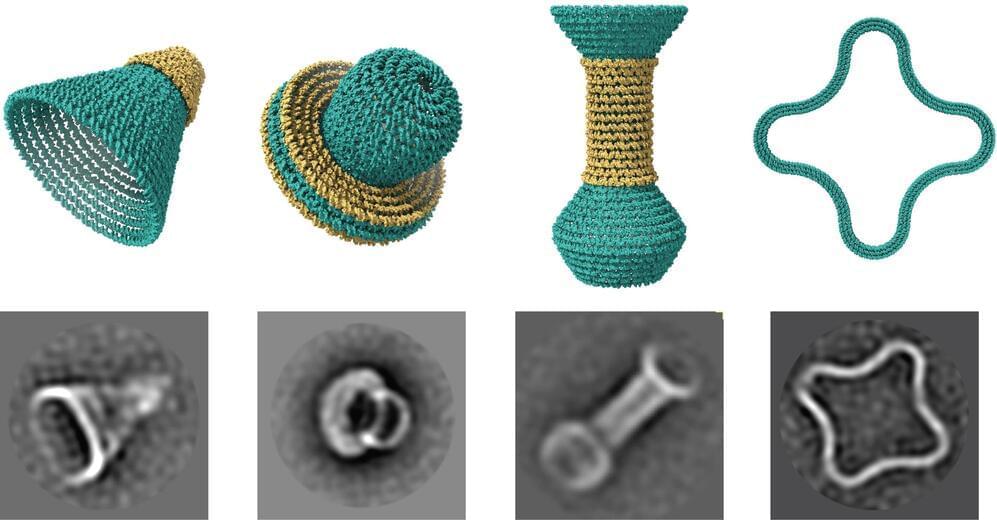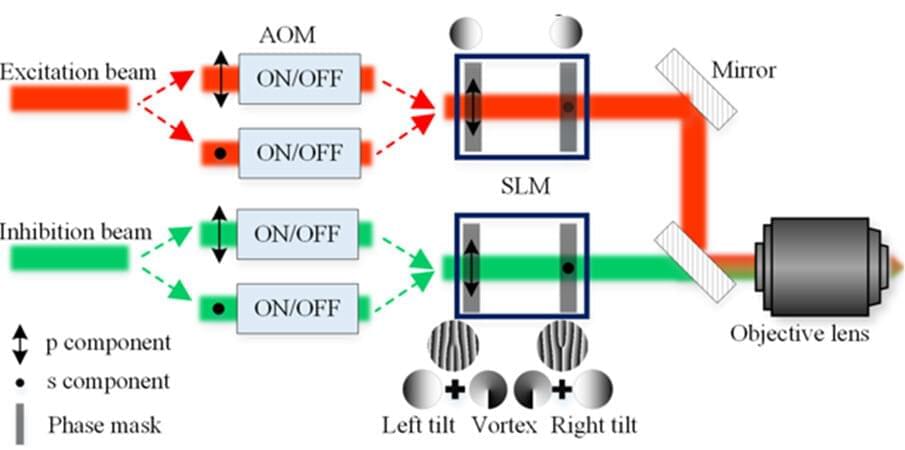A research team from the University of Valencia’s ICMool (Institute of Molecular Science) came up with a platform that is open, interactive, and capable of bringing together and offering around 20,000 different data. Such data is connected to molecular nanomagnet chemical design in the specific area of magnetic memories.
SIMDAVIS Platform
According to Nanowerk, such a device is called SIMDAVIS. The application results from manual research tracking efforts released by the scientific community for more than 16 years.







